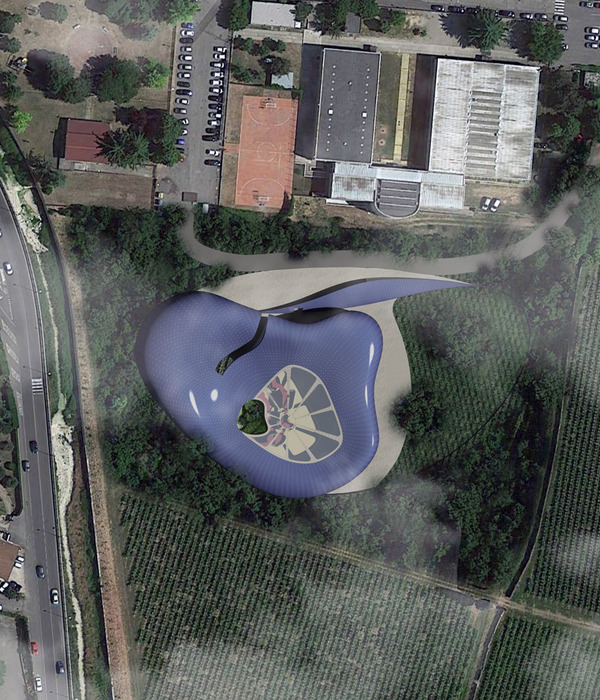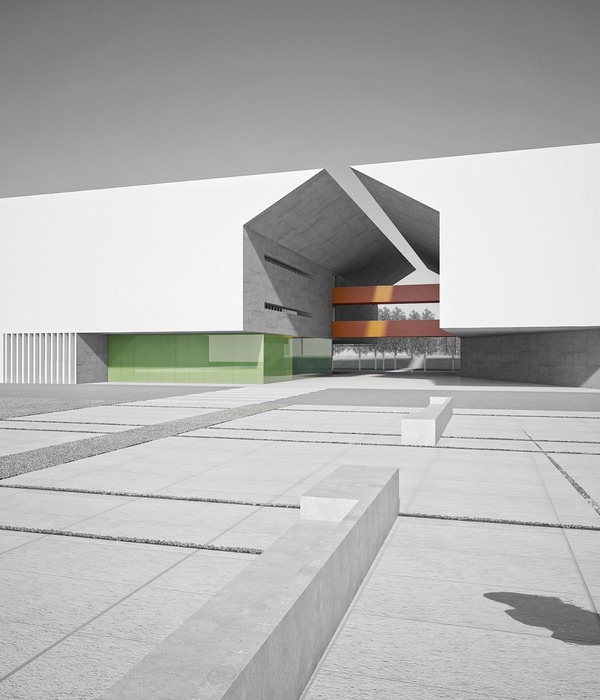The small size of the house is the starting point for exploring the theme of flexibility and adaptability in contemporary homes. On the one hand, few demolitions interrupt the rigid distribution scheme of the traditional corridor-house, allowing a free circulation. From the point of view of design exploration, the insertion of an independent device transforms the domestic space, making it flexible and adaptable to needs that may change over time. The house is intended as an open system that, when necessary, contracts its common spaces and expands private ones. The device is a service block: a small kitchen, storage compartments and a colorful curtain, an ephemeral border that defines hidden private space when needed. The kitchen uses the distribution of the house in an active way and allows a flexibility of uses in the short and long term (the space of the dining room will be able to become a room tomorrow). The kitchen is a minimal space equipped with storage compartments on the whole height. The use of a flooring with different colors and geometric patterns indicates the intervention and draws the various areas of the house. The proposal is part of a broader design reflection on how the sharing economy is gradually changing the way people live and work in the city, blurring the boundaries between public and private. In this sense, the design of the domestic device is a prototype to study its application in other contexts.
-------
La dimensione contenuta della casa è la condizione di partenza per esplorare il tema della flessibilità e adattabilità nelle abitazioni contemporanee.
Da un lato, alcune demolizioni puntuali interrompono il rigido schema distributivo della casa-corridoio, offrendo un movimento libero nello spazio della casa. Dal punto di vista dell’esplorazione progettuale, l’inserimento di un dispositivo indipendente trasforma lo spazio domestico, rendendolo flessibile ed adattabile ad esigenze che possono mutare nel tempo.
La casa viene intesa come un sistema aperto che, all’occorrenza, contrae i propri spazi comuni ed espande quelli privati. Il dispositivo è un blocco di servizio: una piccola cucina, dei vani di stoccaggio e una tenda colorata, confine effimero che all’occorrenza definisce lo spazio privato nascosto.
La collocazione della cucina permette di usare la distribuzione della casa in modo attivo ed apre ad una flessibilità degli usi nel breve e lungo periodo pensando che la sala da pranzo di oggi domani potrà anche diventare una stanza.
La cucina è uno spazio minimo attrezzato con vani di stoccaggio su tutta l’altezza. L’impiego di una pavimentazione con diversi colori e pattern geometrici segnala l’intervento e disegna i vari ambiti della casa.
{{item.text_origin}}












